Poor People's Cat Food Recipes_Low-Cost Homemade Cat Nutrition Meal Guide
Raising a cute cat is the dream of many people, but the expense of cat food makes many pet owners feel "huge pressure." After all, commercial cat food on the market is expensive, and the long-term costs are significant. Is there really no way to meet a cat's nutritional needs while keeping the wallet tight? Don't worry, the concept of "Poor People's Cat Food" has emerged, which refers to homemade nutritious meals for cats using relatively inexpensive ingredients. This article will reveal the secrets of low-cost homemade cat nutrition meals, so your "money gobbler" can eat healthily and affordably!
Is "Poor People's Cat Food" feasible? The key lies in nutritional balance!
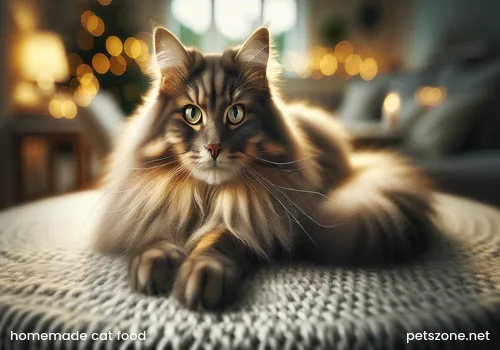
Many pet owners might worry that homemade cat food lacks nutrition and could affect their cat's health. This concern is reasonable; if the homemade cat food recipe is not well balanced or lacks essential nutrients, it could indeed lead to serious health problems, even irreversible damage. For example, taurine deficiency can cause blindness and heart disease.
Cats are obligate carnivores. Unlike omnivorous humans and dogs, their digestive systems are mainly designed to digest and absorb animal protein. Cats need to obtain various essential nutrients from food, including protein, fat, carbohydrates, vitamins, and minerals, with protein and fat requirements far exceeding those of humans and dogs. Wild cats obtain balanced nutrients through hunting prey, including meat, bones, and organs.
Therefore, "Poor People's Cat Food" does not simply mean feeding leftover food to cats but requires simulating a cat's natural diet structure as much as possible within limited costs to ensure comprehensive and balanced nutrition. This means we need to understand cats' nutritional needs and select appropriate ingredients for combination.
What are the essential nutrients for cats?
To make homemade cat food more scientific, let's first understand the essential nutrients cats need:
- Protein: The most important energy source for cats, used to maintain muscle, fur, tissue health, and the normal functioning of the immune system. Ideally, a cat's diet should contain 60%~85% animal-based protein.
- Fat: Another main energy source, helps regulate body temperature, provides energy, and aids in the absorption of vitamins A, D, E, and K. Healthy fats like Omega-3 and Omega-6 fatty acids are critical for skin, fur, and the immune system.
- Carbohydrates: Cats have low carbohydrate requirements; excessive carbohydrate intake may lead to obesity and other issues.
- Vitamins: Crucial for metabolism, growth, development, and immune function. Cats cannot synthesize all essential vitamins and must obtain them from food, especially vitamin A and B vitamins.
- Minerals: Including calcium, phosphorus, magnesium, potassium, sodium, iron, zinc, etc., essential for bone health, nerve function, muscle contraction, etc. Particular attention should be paid to the calcium-to-phosphorus ratio, generally recommended between 1.0 and 1.3.
- Taurine: An essential amino acid cats cannot synthesize and must obtain from animal-based food. Taurine deficiency can cause retinal degeneration, blindness, heart disease, digestive issues, reproductive problems, and more. Therefore, homemade cat food must include additional taurine supplements.
Big reveal of low-cost cat food ingredients!
Knowing the nutritional needs of cats, the next step is choosing cost-effective ingredients. Here are some suitable ingredients as main components for low-cost cat food:
- Chicken breast/thigh meat: Chicken is a good source of high-quality protein for cats and is relatively inexpensive. Thigh meat contains slightly more fat than breast meat, providing more energy.
- Chicken heart/liver: Animal organs are rich in vitamins and minerals, especially taurine and vitamin A. However, feed in moderation; excessive vitamin A intake may cause toxicity. It is recommended that liver account for about 5% of the total amount.
- Egg yolk: Provides high-quality protein, fat, and various vitamins.
- Cheap fish: Fish like mackerel pike, Spanish mackerel, and bluefish contain Omega-3 fatty acids and taurine. Remove fish bones carefully and avoid overfeeding to prevent mercury toxicity.
- Small amounts of vegetables (optional): Some cats can accept small amounts of pumpkin, carrots, etc., which provide fiber to aid digestion. However, cats have limited ability to digest plant foods, so vegetables should not be a main component.
- Nutrition supplements: This is a critical part of homemade cat food, especially taurine. Additionally, to ensure calcium-phosphorus balance and adequate vitamins and minerals, you may need to add calcium powder, B vitamins, vitamin E, fish oil, etc. These supplements can be purchased at pet stores or online.
Simple steps for homemade cooked cat food:
Here is a relatively easy cooked cat food preparation process for reference:
- Prepare ingredients: Calculate the total daily food amount based on your cat's weight and activity level, then prepare various meats, organs, egg yolks, etc., according to the nutritional ratios mentioned above. For example, an adult cat needs about 110 to 170 grams of cat food per day.
- Process ingredients: Cut meat and organs into small pieces or grind them to aid digestion. Boil eggs and use the yolks. Cook fish and remove bones.
- Cooking: Cook or steam the processed meat and organs. Boiling retains more moisture but may lose some water-soluble vitamins, while steaming better preserves nutrients. Avoid using oil, salt, or other seasonings.
- Add nutrition supplements: After the cooked ingredients cool, add appropriate amounts of taurine, calcium powder, B vitamins, vitamin E, fish oil, and other supplements per instructions, and mix evenly.
- Portion and store: Divide the prepared cat food into small portions, seal them in airtight containers or bags, and refrigerate (best within 2-3 days) or freeze (up to about one month).
Warm tips:
- Gradual transition: When feeding homemade cat food for the first time, gradually mix small amounts with the original cat food and slowly increase the proportion, giving your cat's digestive system time to adapt.
- Observe reactions: After feeding homemade cat food, carefully watch your cat's appetite, mental state, and bowel movements. If discomfort appears, adjust or consult a veterinarian promptly.
- Consult a vet: Before long-term feeding of homemade cat food, it's best to consult a professional pet nutritionist or veterinarian. Develop precise recipes based on your cat's specific situation (age, weight, health) to ensure balanced nutrition.
- Risks of raw bone meat: Although raw bone meat more closely resembles a cat's natural diet, raw feeding carries risks of parasites and bacterial infections. Improper handling can threaten both cat and human health. If choosing raw food, ensure reliable ingredient sources and thorough disinfection and deworming.
Common Questions and Answers
- Is homemade cat food really cheaper than commercial kibble?
In terms of ingredient costs, the main raw materials for homemade cat food (like chicken breast) are usually significantly cheaper than commercial cat food. Over time, making food yourself can indeed save money on feeding. However, keep in mind that nutrition supplements require some additional expenses. - Can cats eat only chicken breast?
No. Although chicken breast is a high-quality protein source, feeding only chicken breast cannot meet cats' needs for fat, vitamins, minerals, and other necessary nutrients. Long-term feeding this way will cause malnutrition. Cats need a varied diet for comprehensive nutrition. - Should homemade cat food contain salt?
No. Cats require very little salt. The salt content in human food is too high for cats, and prolonged excessive salt intake increases kidney burden and may cause health problems. - How to determine if homemade cat food is nutritionally balanced?
The most reliable way is to consult a professional pet nutritionist or veterinarian to create recipes based on the cat's specific circumstances and regularly check the cat's health. Also, refer to validated homemade cat food recipes and strictly add nutrition supplements per the given proportions during preparation.
In summary, "Poor People's Cat Food" is a feasible option, but it must ensure nutritional balance. By understanding cats' nutritional needs, selecting appropriate low-cost ingredients, and scientifically combining and supplementing nutrition, you can create a healthy and economical "Poor People's Cat Food" for your cat. Remember, your furry friend's health is paramount; never neglect nutrition for the sake of saving money!
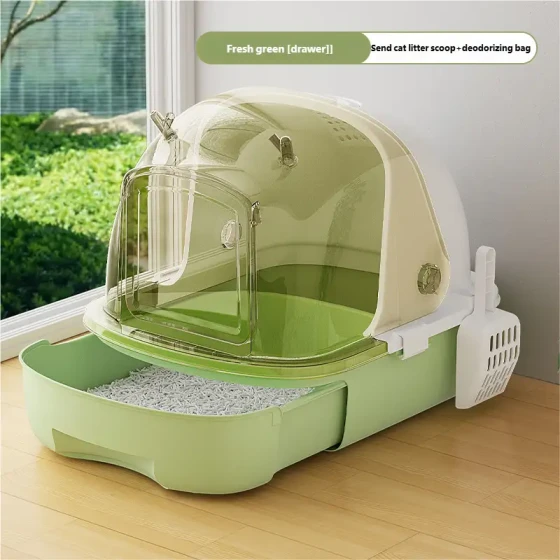
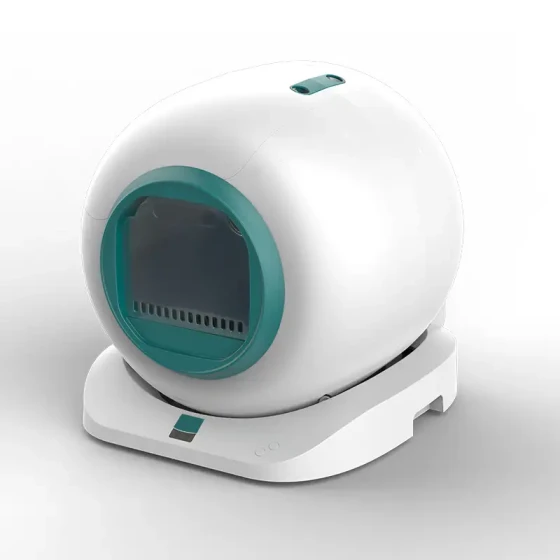
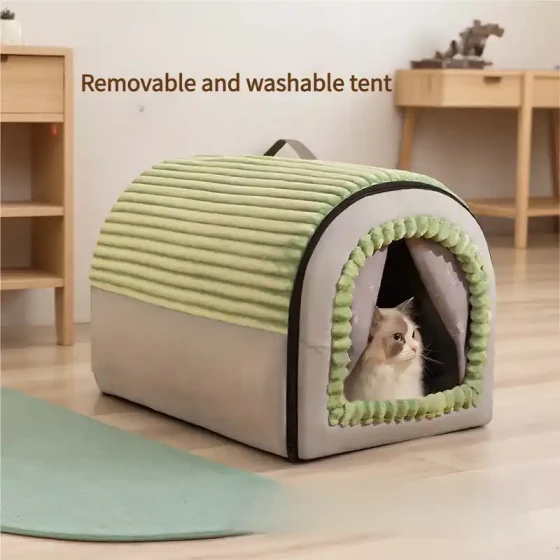
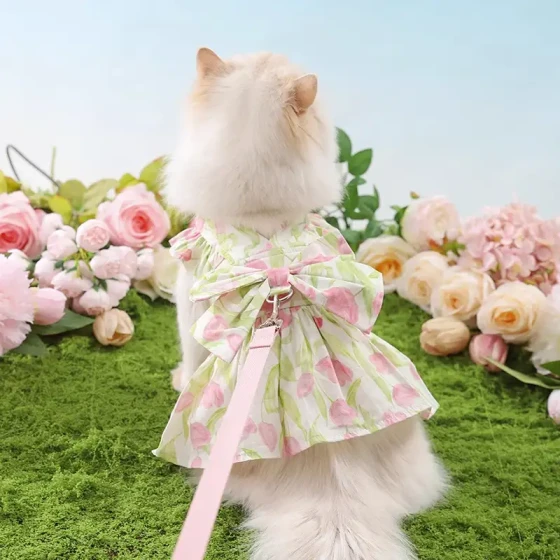
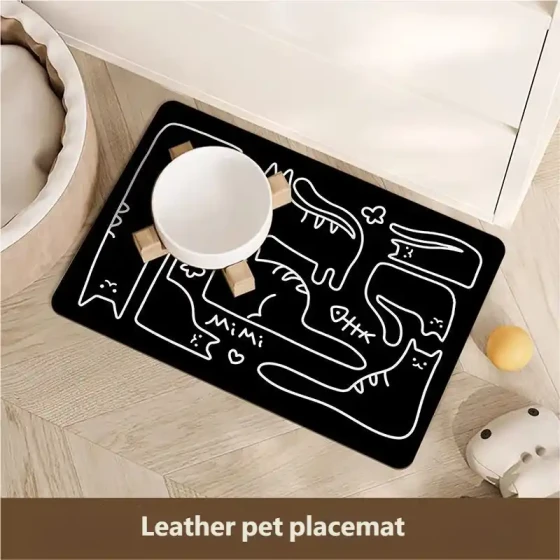
-560x560.webp)